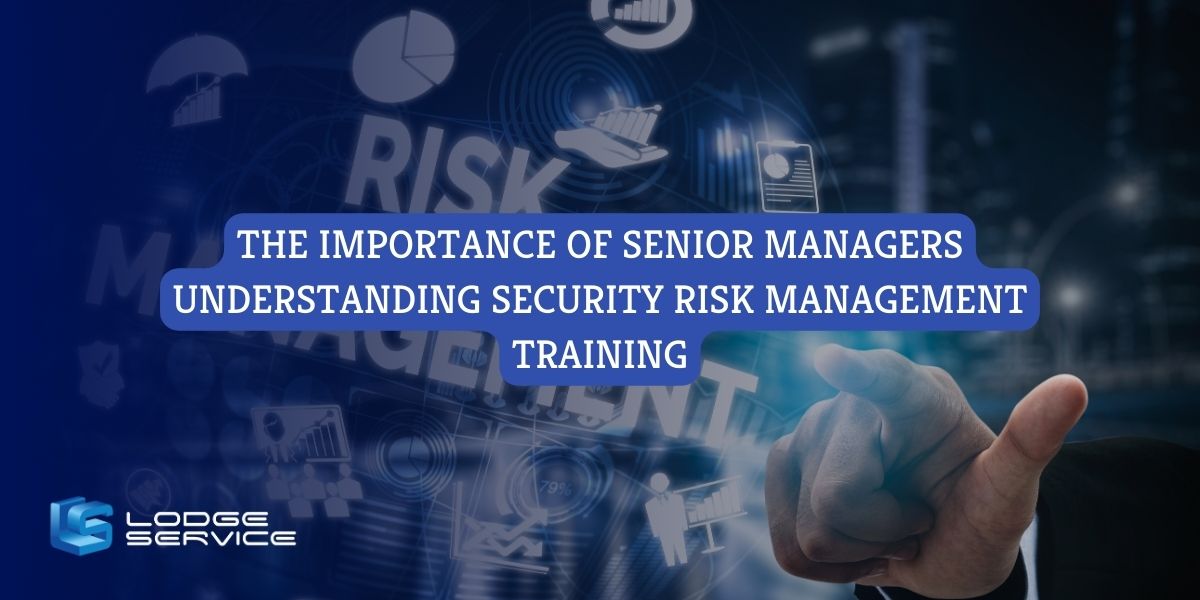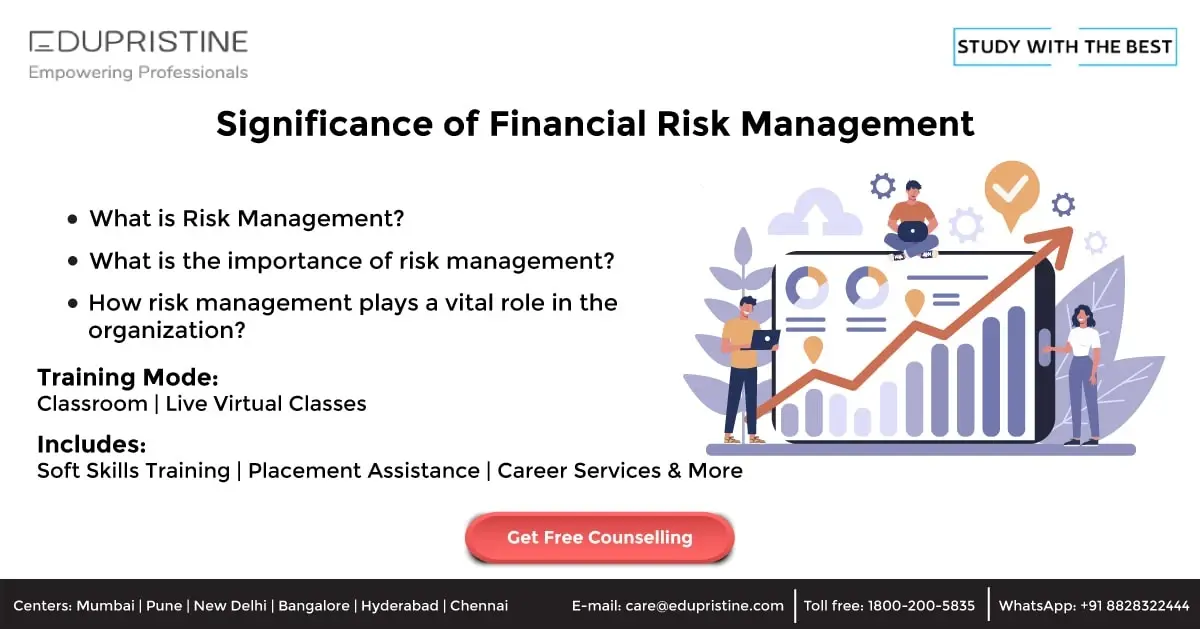The Crucial Importance of Risk Management in Protecting Corporate Assets
The Crucial Importance of Risk Management in Protecting Corporate Assets
Blog Article
Discovering the Value of Risk Management for Effective Decision-Making Techniques
In the intricate world of organization, Risk Management emerges as an essential aspect in the decision-making process. The capacity to determine possible dangers and opportunities, and plan accordingly, can mean the distinction in between success and failure. With devices such as SWOT and PESTEL, companies are furnished to make educated options, cultivating resilience and flexibility in an ever-changing setting. Wondering just how this functions? Allow's unbox the dynamics additionally.
Understanding the Principle of Risk Management
Risk Management, an important element in decision-making, is commonly misinterpreted or oversimplified. Typically, it refers to the recognition, analysis, and prioritization of threats to minimize, keep an eye on, and regulate the chance or effect of unfavorable events. Nevertheless, it's not simply concerning avoiding adverse end results, however likewise concerning recognizing possible possibilities. Risk Management entails structured and disciplined techniques, making use of data and insightful evaluations. It needs a detailed understanding of the organization's context, objectives, and the possible dangers that can combat them. From economic unpredictabilities, lawful liabilities, critical Management mistakes, to mishaps and natural calamities, it addresses various threats. Significantly, reliable Risk Management is not stationary; it's a constant, progressive procedure that advances with altering scenarios.
The Duty of Risk Management in Decision-Making Processes
In the world of calculated preparation and service operations, Risk Management plays an important role in decision-making procedures. It assists in determining prospective risks and unpredictabilities that could impact the achievement of service objectives. By tracing these threats, business can create strategies to alleviate their effect, guaranteeing company continuity and security. Risk Management therefore ends up being an essential tool in decision-making, helping leaders to make informed selections based on a thorough understanding of the risks entailed. It motivates a positive method, allowing companies to prepare for and prepare for possible future scenarios. This considerably reduces the probability of unfavorable effects, advertising a lot more efficient and reliable decision-making techniques. Consequently, Risk Management works as an essential component in the decision-making processes of any type of organization.

Exactly How Risk Management Enhances Strategic Planning
In the context of calculated preparation, Risk Management plays a crucial role. Starting with the identification of possible threats, it better includes the execution of Risk reduction procedures. The function of Risk Management is dynamic yet not fixed, as it requires continuous surveillance and adjusting of strategies.
Determining Possible Threats

Implementing Risk Reduction
Having developed the value of recognizing prospective risks, the next action is to discover Risk mitigation. This procedure involves establishing and applying methods to take this article care of recognized threats successfully. It is an important facet of calculated preparation as it improves decision-making by reducing prospective unfavorable results. Risk reduction methods can vary from Risk evasion, Risk transfer, to risk decrease. Each approach needs to be tailored to the specific Risk, considering its potential effect and the company's Risk tolerance. Effective Risk mitigation calls for a deep understanding of the Risk landscape and the potential effect of each Risk. This understanding enables companies to prioritize threats and allot resources efficiently, ensuring that the most substantial dangers are resolved first.
Tracking and Changing Approaches
Though Risk mitigation is a vital action in calculated planning, continuous monitoring and change of these strategies is just as crucial. This recurring process enables companies to identify brand-new dangers and reassess existing ones, making certain the carried out approaches continue to be effective in the ever-changing company environment. It likewise supplies a possibility to examine the success of the Risk Management actions, enabling adjustments to be made where essential, additional enhancing strategic preparation. Effective monitoring and adjustment need using analytics and essential performance indicators (KPIs) to gauge performance. These tools offer valuable data-driven understandings that can educate calculated decision-making. Surveillance and changing Risk Management approaches is an essential component for enhancing an organization's durability and tactical planning.
Case Researches: Successful Risk Management and Decision-Making
In the world of service and finance, successful Risk Management and decision-making commonly serve as the columns of prosperous business. These cases highlight the value of sharp Risk Management in decision-making processes. These situations emphasize the vital duty of Risk Management in critical decision-making.
Tools and Methods for Effective Risk Management
These tools, such as Risk registers and warm maps, help in determining and evaluating potential dangers. Risk feedback approaches, a vital component of Risk Management, entail approving, preventing, transferring, or mitigating dangers. With these techniques and devices, decision-makers can navigate the complicated landscape of Risk Management, thus promoting notified and efficient decision-making.
Future Patterns in Risk Management and Decision-Making Approaches
As we discover the large look at this site landscape of Risk Management, it ends up being apparent that the tools and techniques used today will certainly proceed to progress. Future trends aim in the direction of an increased dependence on innovation, with man-made intelligence and maker knowing playing significant roles. These technologies will certainly enable companies to anticipate potential dangers with greater precision and make more enlightened decisions. In addition, there will be an expanding emphasis on strength, not just in taking care of dangers but likewise in getting better from negative circumstances. Last but not least, the concept of Risk culture, where every participant of an organization is aware and associated with Risk Management, will certainly acquire extra prominence. These trends declare an even more proactive and comprehensive approach towards Risk Management and decision-making.
Verdict

Risk Management thus comes to be an essential device in decision-making, assisting leaders to make educated selections based on a comprehensive understanding of the threats entailed. Risk mitigation methods can vary from Risk avoidance, Risk transfer, to take the chance of decrease (importance of risk management). Reliable Risk reduction requires a deep understanding of the Risk landscape and the possible effect of each Risk. Risk action methods, a crucial part of Risk Management, include approving, avoiding, moving, or mitigating dangers. The concept of Risk society, where every member of an organization is conscious and involved in Risk Management, will obtain more prominence
Report this page